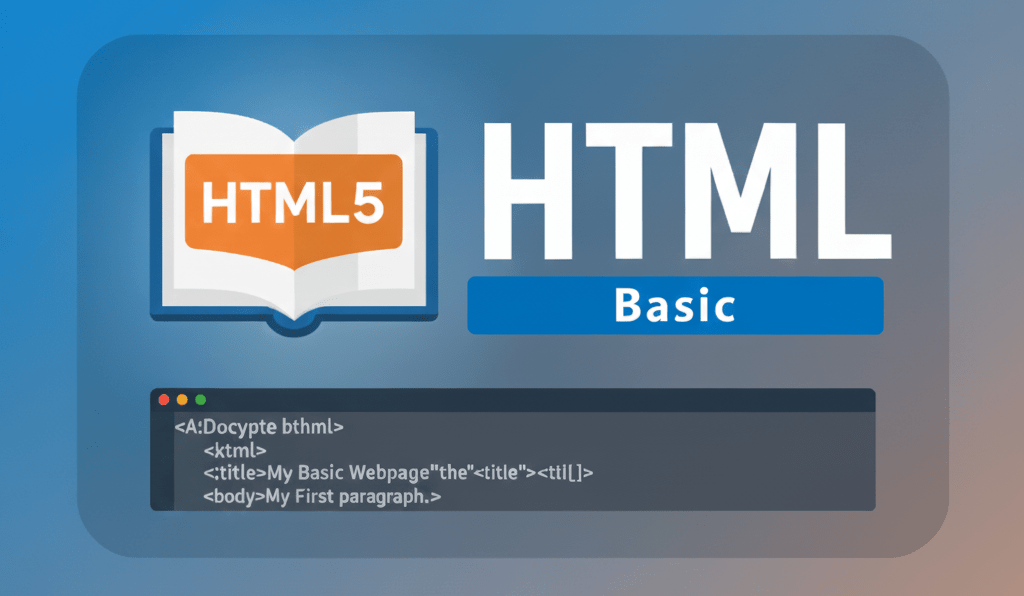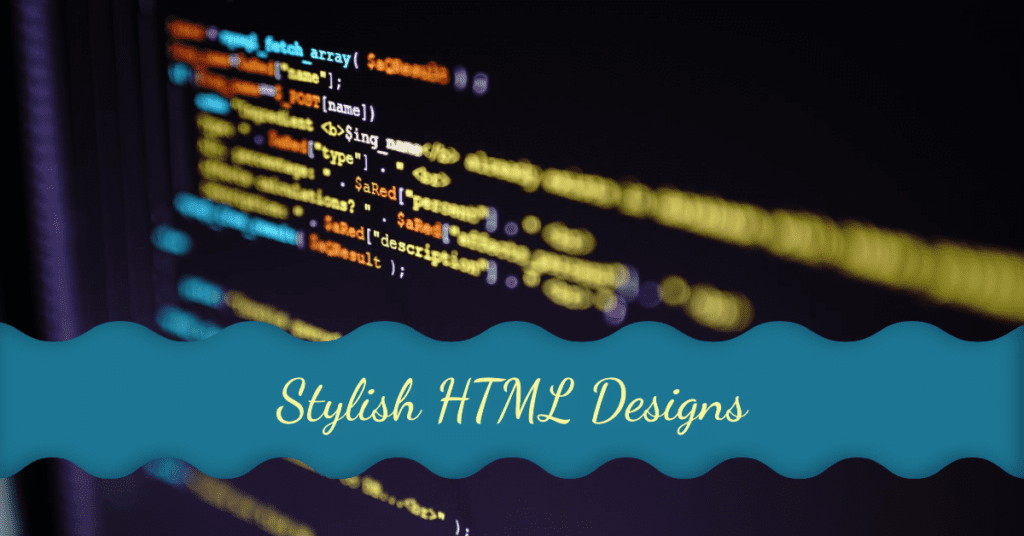HTML Basic
Web Fundamentals Unveiled: Delving into Essential HTML Basics Within HTML, tags serve as crucial markers, delineating elements across web pages, encapsulating vital components such as headings, paragraphs, and images. Enclosed within angle brackets (< >), these tags conventionally manifest as pairs, comprising an opening tag and a corresponding closing tag. Attributes: HTML tags can also […]










